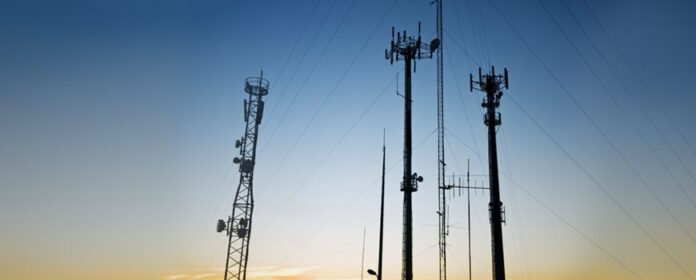GSM-R, an aging railway standard
In 2000, the railway companies of Europe sat down to finish up the creation of a cost-efficient and interoperable standard for communication between trains. The aim was to replace all analog systems then in use. They laid down the requirements in the specifications, the basis on which the present day GSM-R standard is built.

Being the only standard for digital railway communications, GSM-R is used today throughout Europe, Asia, North Africa and Australia, replacing dozens of legacy standards, according to GSMR. A claimed 70,000 kilometers of track are covered by GSM-R all around the globe, with that figure expected to increase, according to a 2014 report by UIC.org. It is expected the roll out of GSM-R on the European network will be complete by 2018.
Welcoming the high-speed LTE-R for smart trains
But the long-lived and reliable network will soon be surpassed by yet another version of LTE in the form of LTE-R, a high-speed network specifically mapped out for railway usage and the creation of smart trains. Earlier this month, Nokia was selected by the Korea Rail Network Authority as the supplier for the world’s first LTE-R mobile broadband network to support railway operations and employee services. The network will be deployed on a railway line between Wonju and Gangneung as part of preparations for the Winter Olympics in 2018.
The KRNA communications network will be based on LTE-R technology, a version of LTE being developed to meet the mission-critical service requirements of railway operators. The network will support both operational and maintenance services on a high-speed commercial railway line operating at speeds of up to 250 kph.

The primary characteristics of LTE – high speed, high security and high-bandwidth capacity – allow it to carry voice and data for train control, on-board video surveillance and infotainment services for passengers on a single IP network. LTE has latency as 10 milliseconds allowing for support of time-sensitive applications and providing quality of service management, according to Nokia. It can be deployed in many different frequency bands and has multiple features related to encryption and authentication for security purposes.
The Nokia LTE Ground-to-Train for Railways solution is composed of a core network: evolved packet core and an access radio network UMTS terrestrial radio access network. EPC is a native all-IP-based and multi-access network designed to support the deployment and operation of a common network for every kind of Third Generation Partnership Project access network (2G, 3G and LTE), and even non-3GPP in the form of Wi-Fi. E-UTRAN LTE is connected to the EPC core network in packet mode.
Nokia mapped out the benefits of its LTE Ground-to-Train Network for smart trains. For railway authorities and operators this includes improved information about train movement, schedules and condition; common system and interface for multiple services said to reduce training and maintenance time; and is a future-ready technology. For passengers the benefits are said to include on-board internet access and infotainment services; improved security with on-board video services; and real-time passenger information.
And it is not just Nokia aiming at providing a railway network that can replace GSM-R:
Samsung LTE-R

Samsung LTE-R is a railway-dedicated, wireless communications network solution designed to support voice communication among drivers, control center operators, maintenance and other railway staff supporting; push-to-talk group communication, broadcasting, location-dependent addressing and multilevel prioritization; data communication for the train control signaling and other operation and maintenance as well as text messaging during voice communication; multimedia communication for wireless video surveillance, mobile video conference, file sharing, mobile office and passenger infotainment services.
Ericsson tests
Swedish vendor Ericsson and Bombardier in August, completed trials of LTE networks for smart trains solutions at simulated speeds of up to 200 kph. Eleven tests were conducted in a laboratory to determine the ability of the LTE networks to support communications-based train control and multiservice solutions such as closed-circuit television, voice, platform information, advertising and Wi-Fi for passengers.
CBTC uses high-resolution location determination and high-capacity data communications – such as those enabled by LTE networks – to support automatic train protection, operation and supervision functions.
Huawei EWBB LTE for railways
Huawei said its EWBB LTE solution is designed to provide broadband services exceeding capabilities of standard GSM-R. Video surveillance solutions installed on the train and along the track or on platforms are said to help improve railway services and customer satisfaction by allowing centralized security staff to monitor individual trains. At the same time, the system can be configured to deliver broadband wireless connectivity to passengers, allowing them to access travel information and internet services during the trip, or watch live TV.


